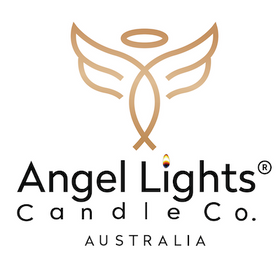Beeswax candles have been lighting homes for centuries. As one of the earliest candle materials, beeswax has a long and interesting history. Let's take a look at how beeswax candles came to be and why they remain a popular choice today.
The earliest beeswax candles date back to 40 BC in ancient China. At that time, beeswax was commonly used as a fuel source until more modern materials were discovered. These early candles were handcrafted using paper molds with rice paper wicks. Beeswax provided a clean, long-burning flame that was ideal for lighting interior spaces before the invention of electricity.
By the Middle Ages, beeswax candles became synonymous with religion. Churches across Europe relied on the steady glow of beeswax to illuminate religious ceremonies and icons. The production of ceremonial church candles became an important craft, with strict guidelines on purity and quality. This holy association led to beeswax candles being seen as a symbol of luxury, purity and ritual for many centuries.
Today, beeswax candles remain popular for both their history and practical qualities. They burn cleanly without leaving behind a residue like other wax varieties. The warm glow of beeswax is also thought to create a calming atmosphere; and because they are made from a natural by-product of honey-beekeeping, beeswax candles are an eco-friendly lighting option.
For those seeking a gift that is both thoughtful and sustainable, beeswax candles make an excellent choice. Their long tradition and connection to ritual give them deeper meaning beyond simply providing light. With proper care, beeswax candles can last for dozens of hours, making them a worthwhile investment. Their clean burn and honey-like scent are sure to create an ambiance of warmth and relaxation in any home. After learning about their fascinating origins, you may find yourself reaching for beeswax candles more often.
The Fascinating History and the Earliest Use Of Beeswax Candles

